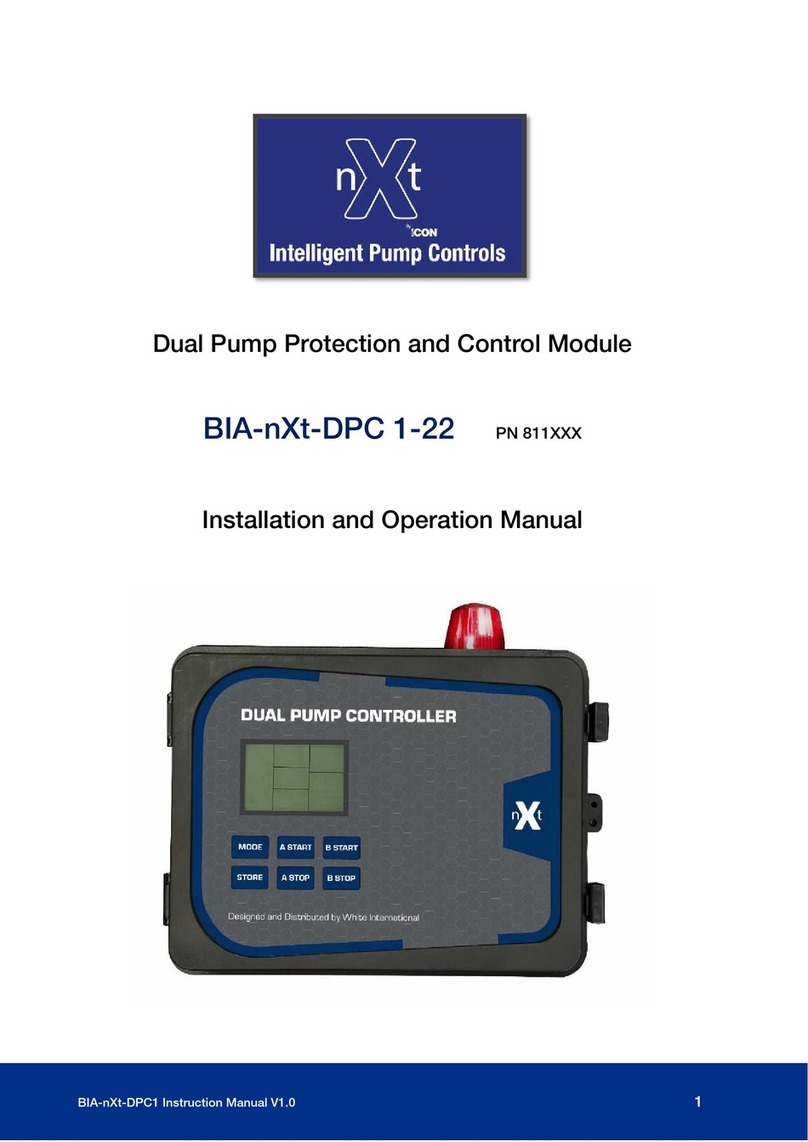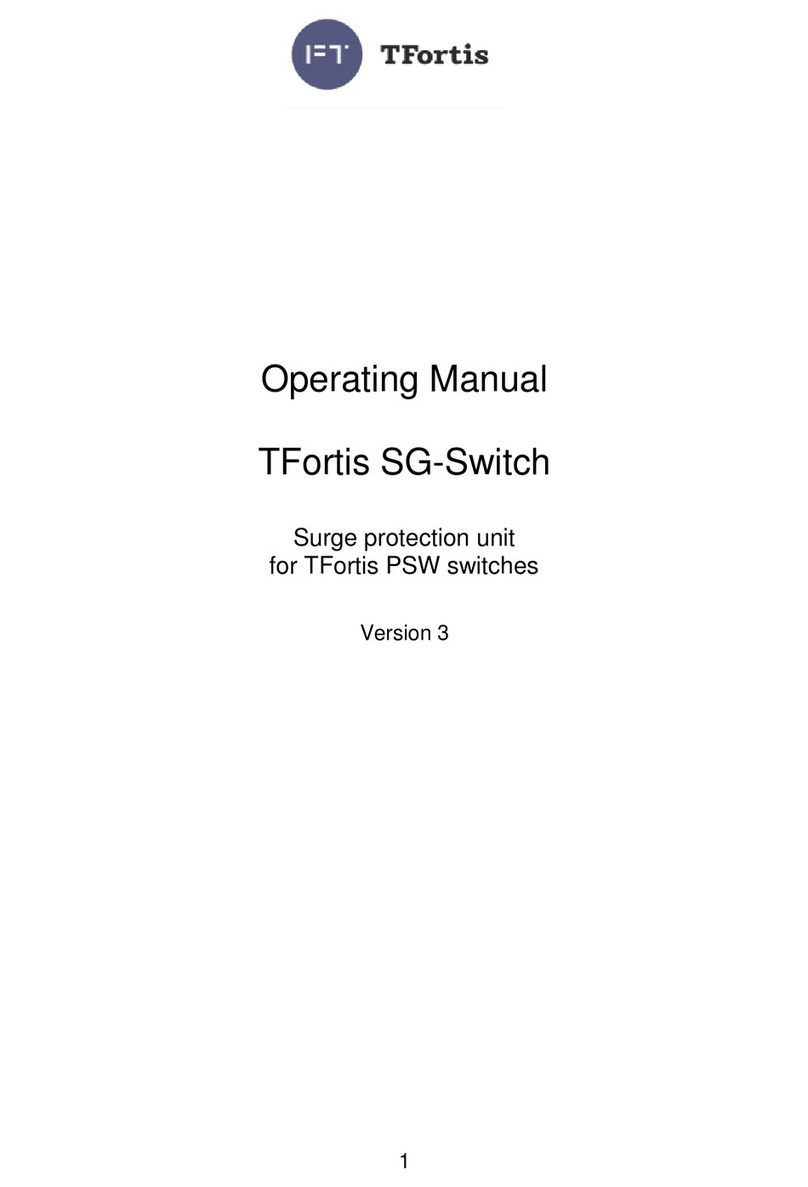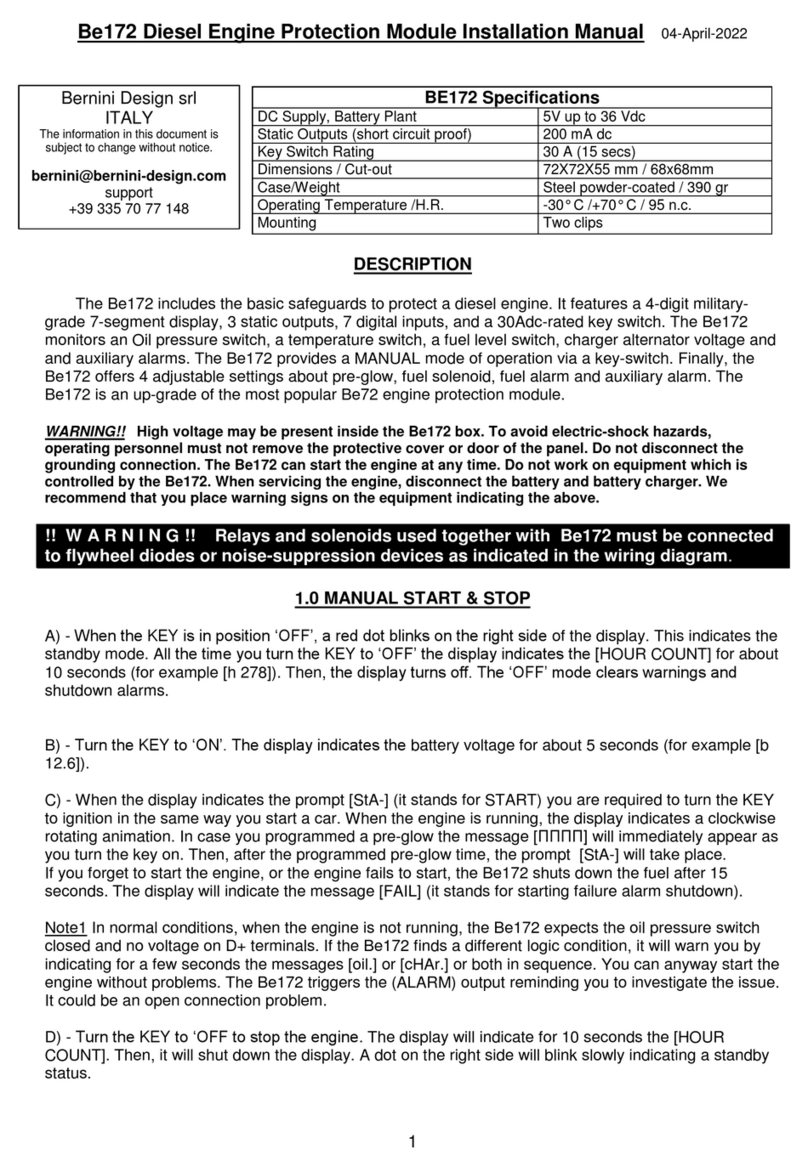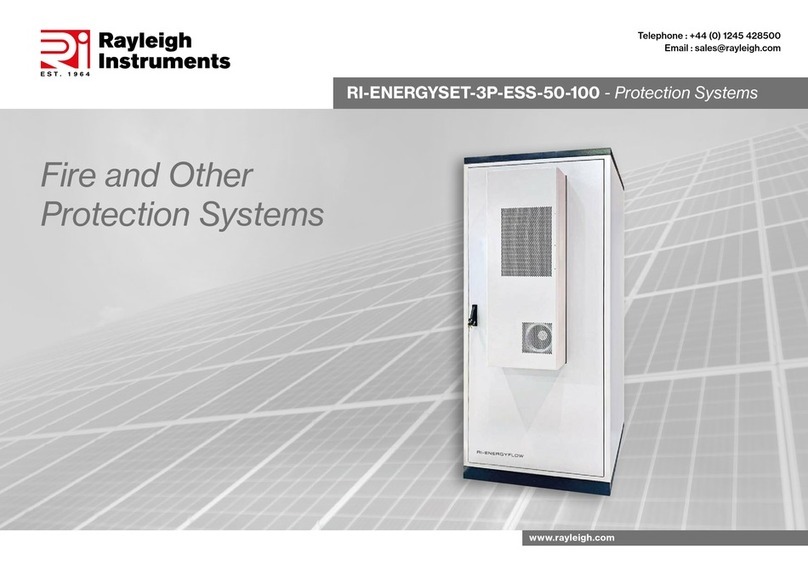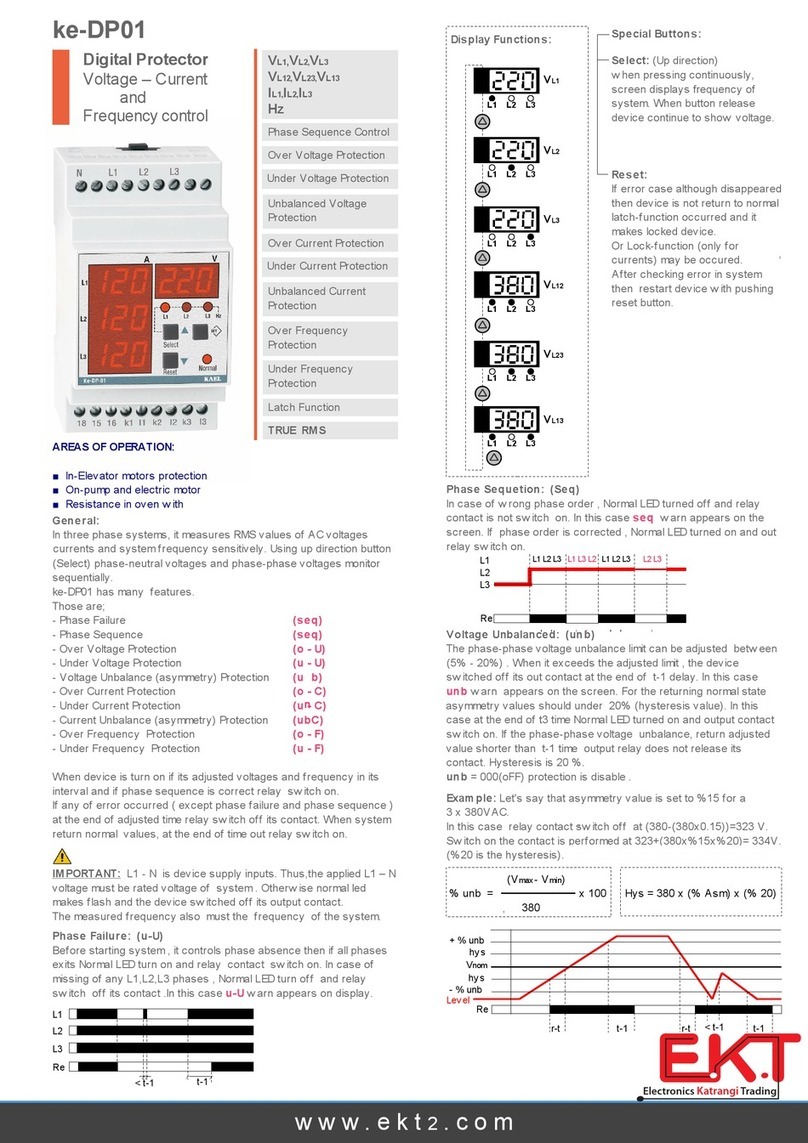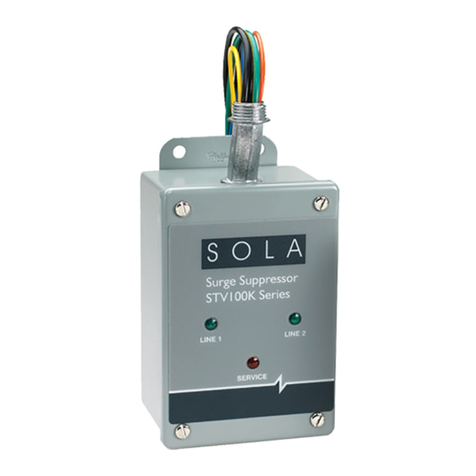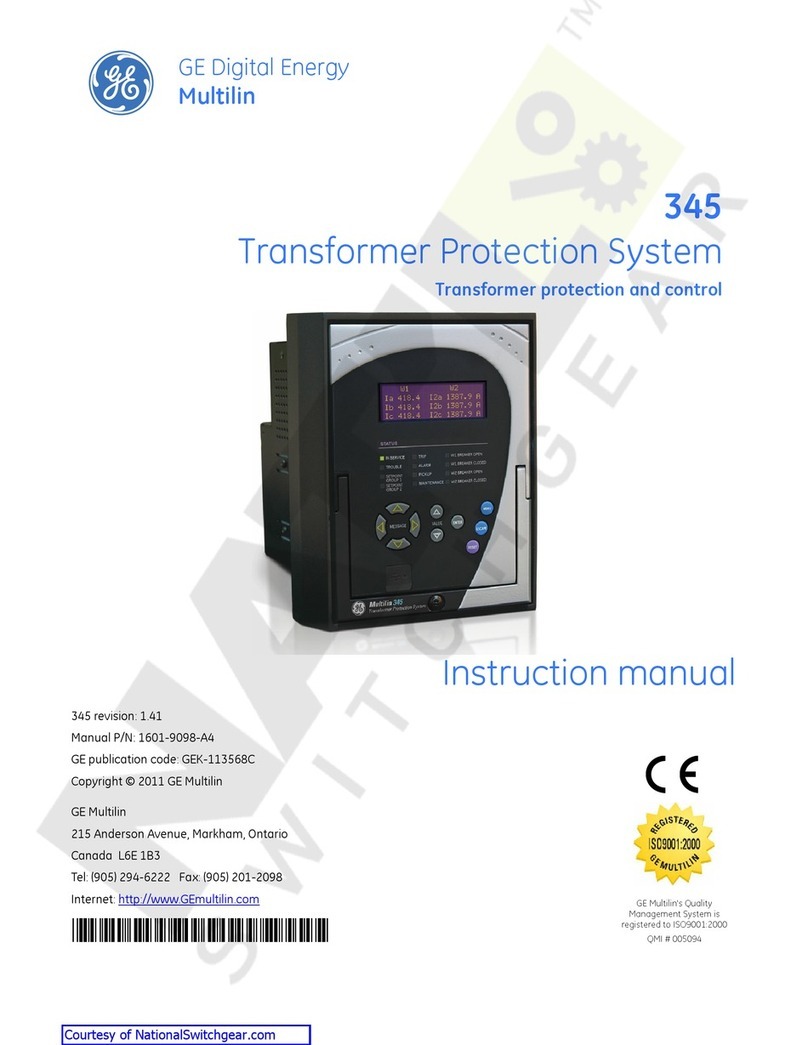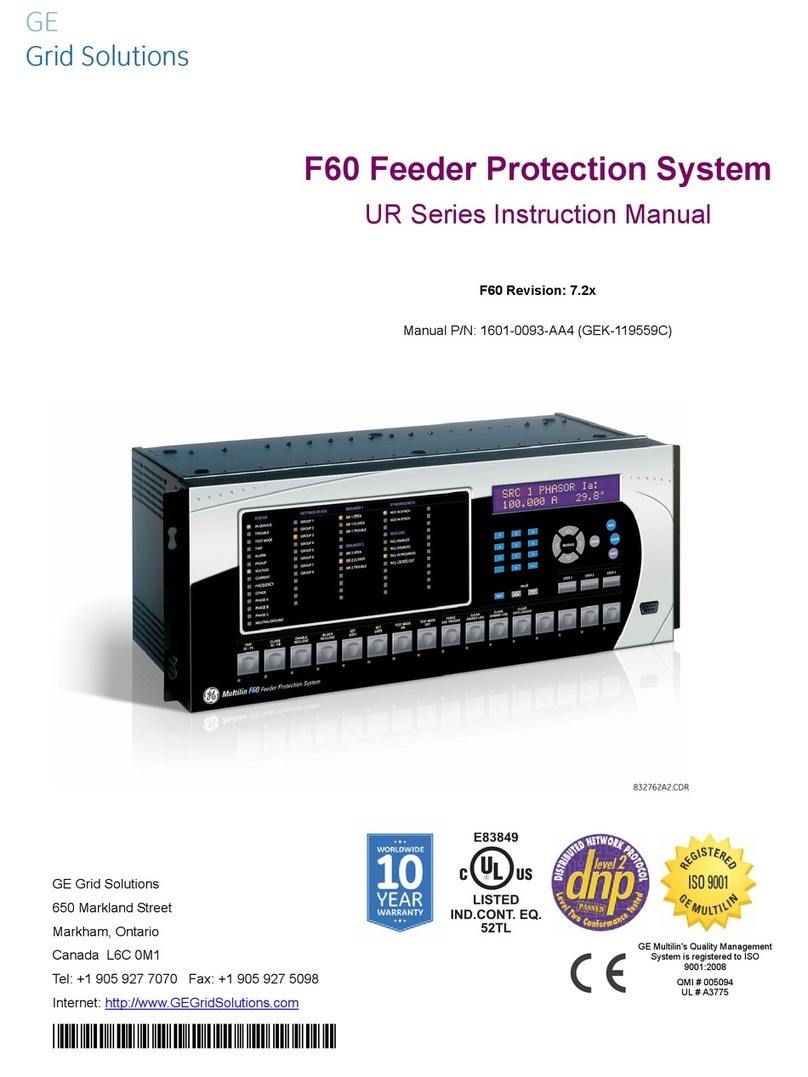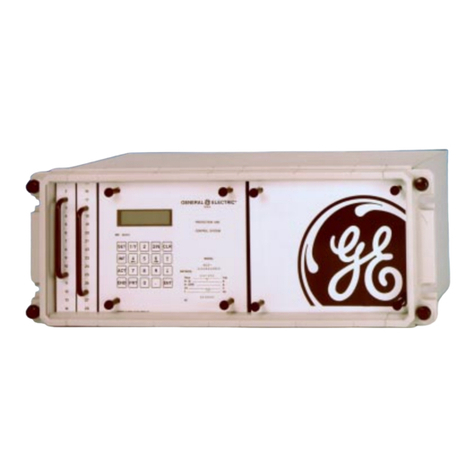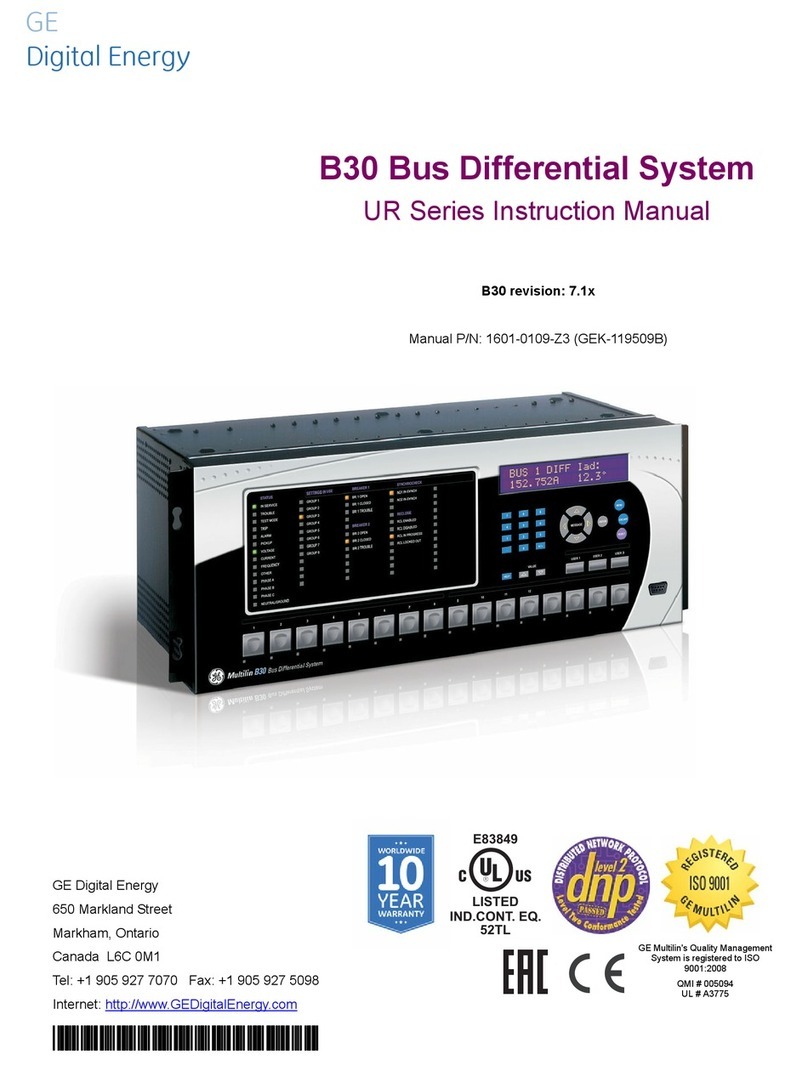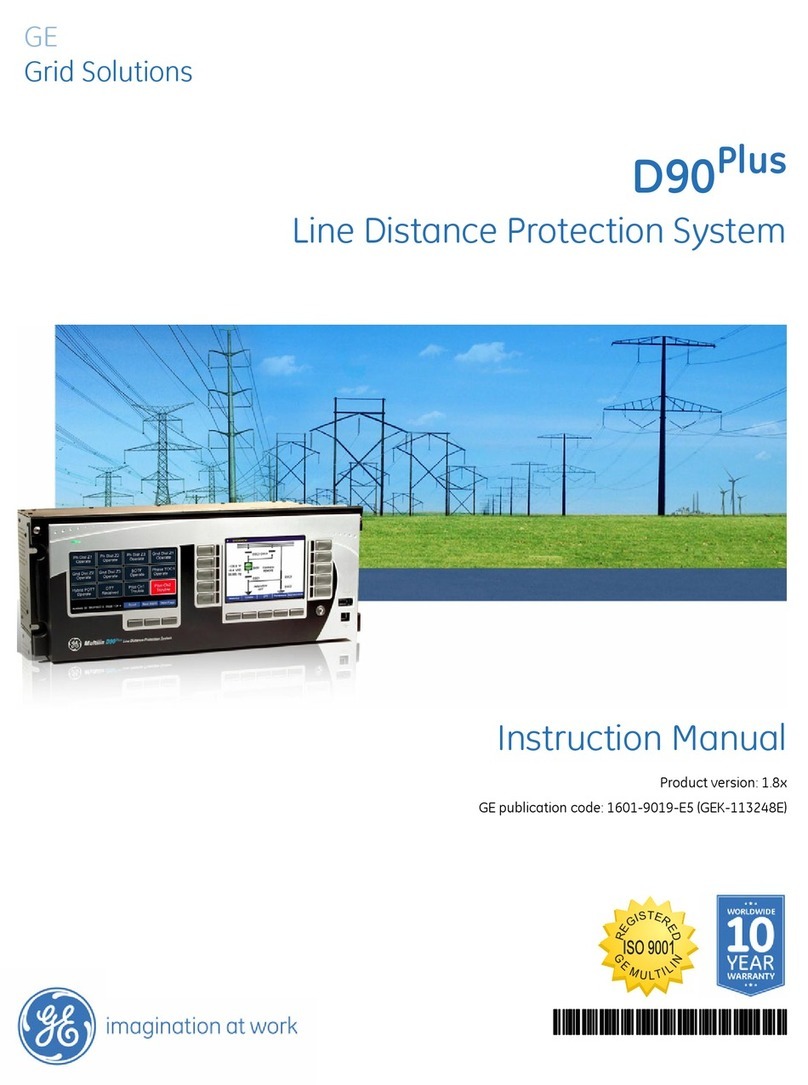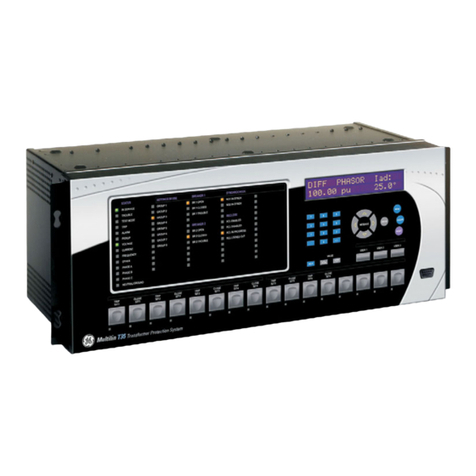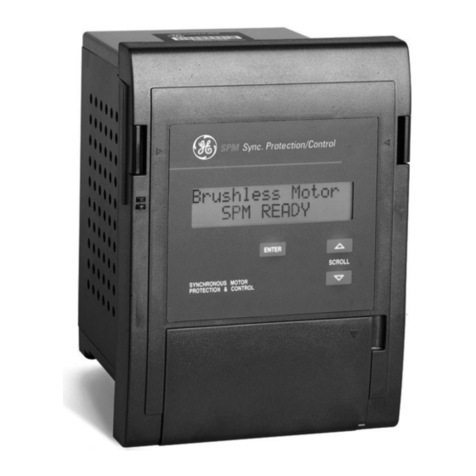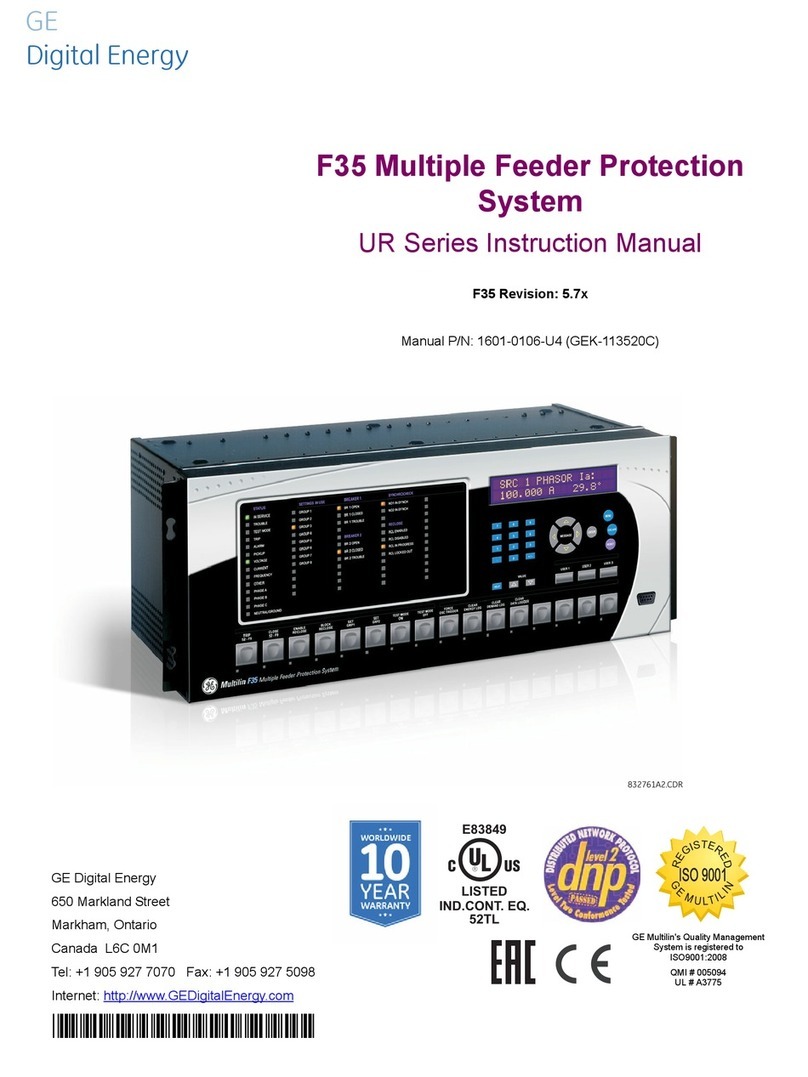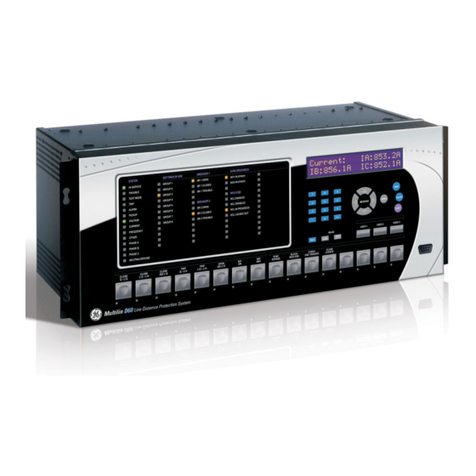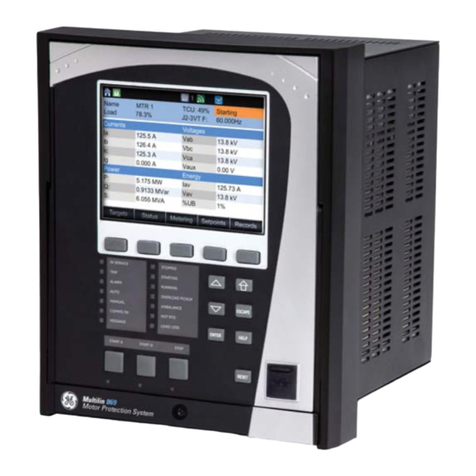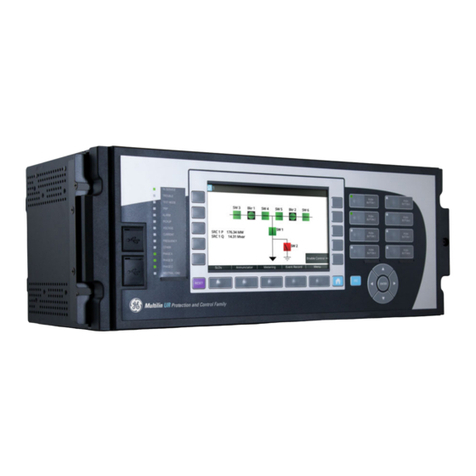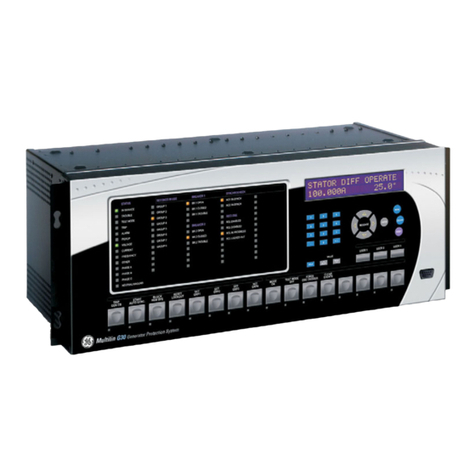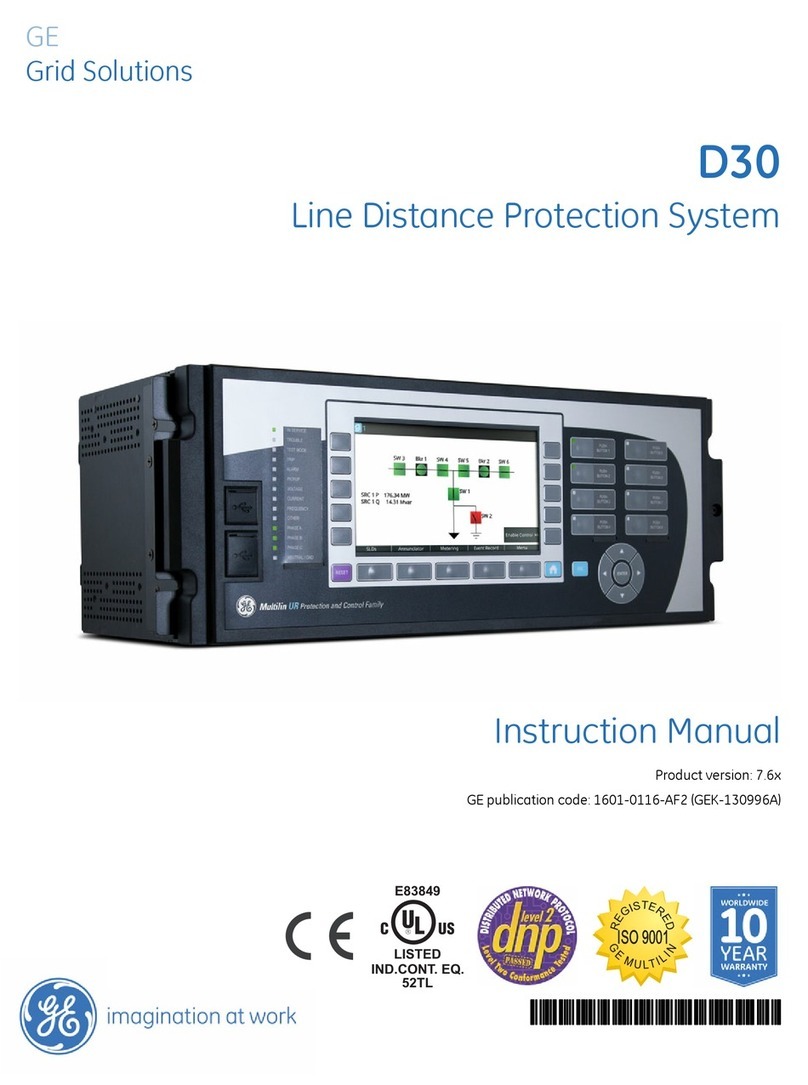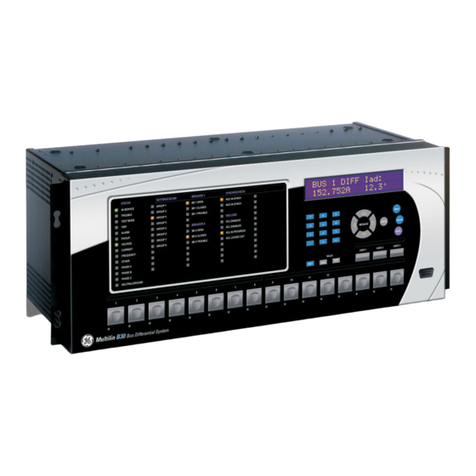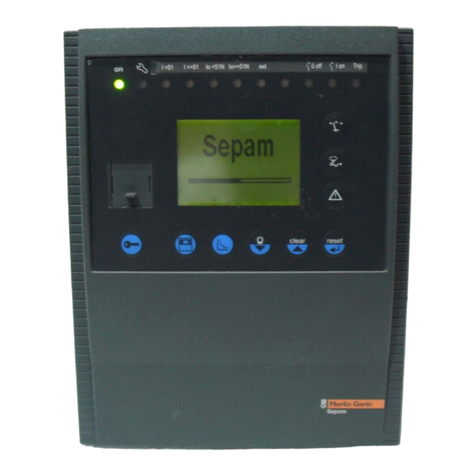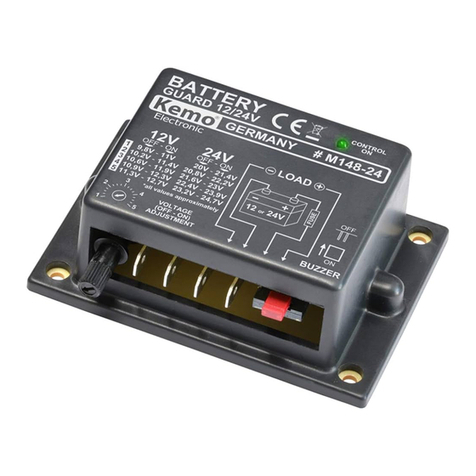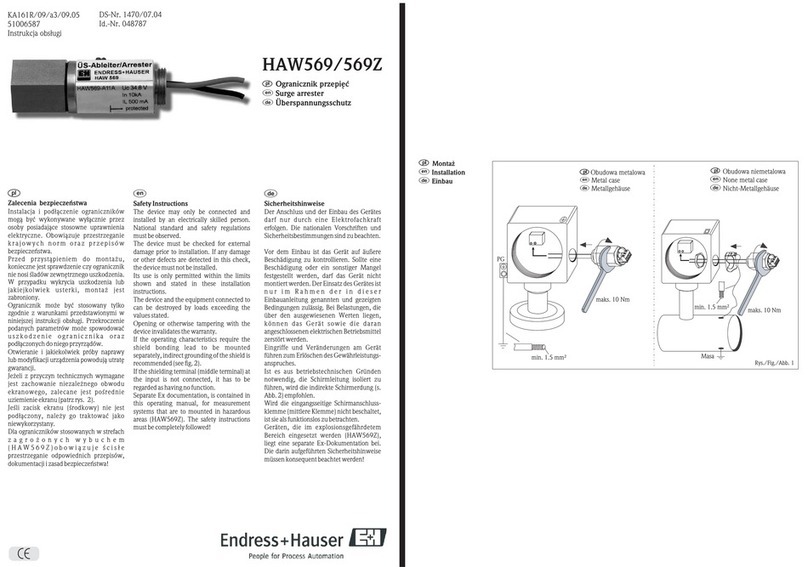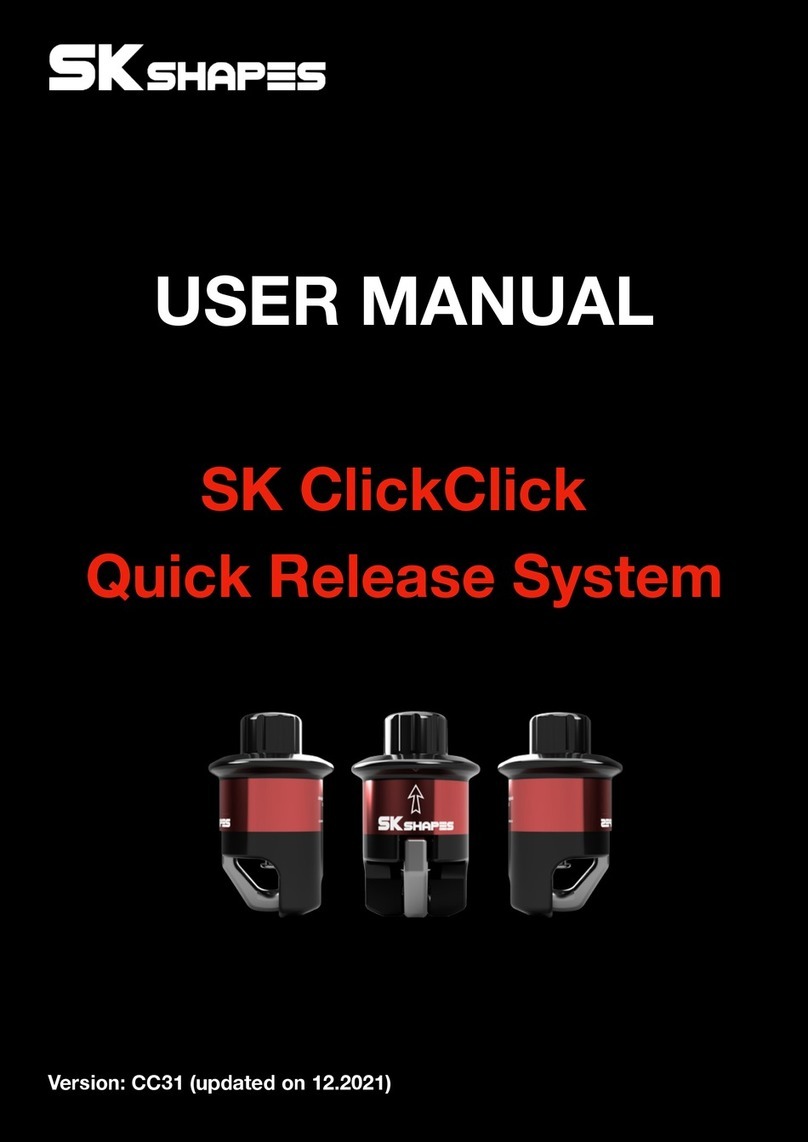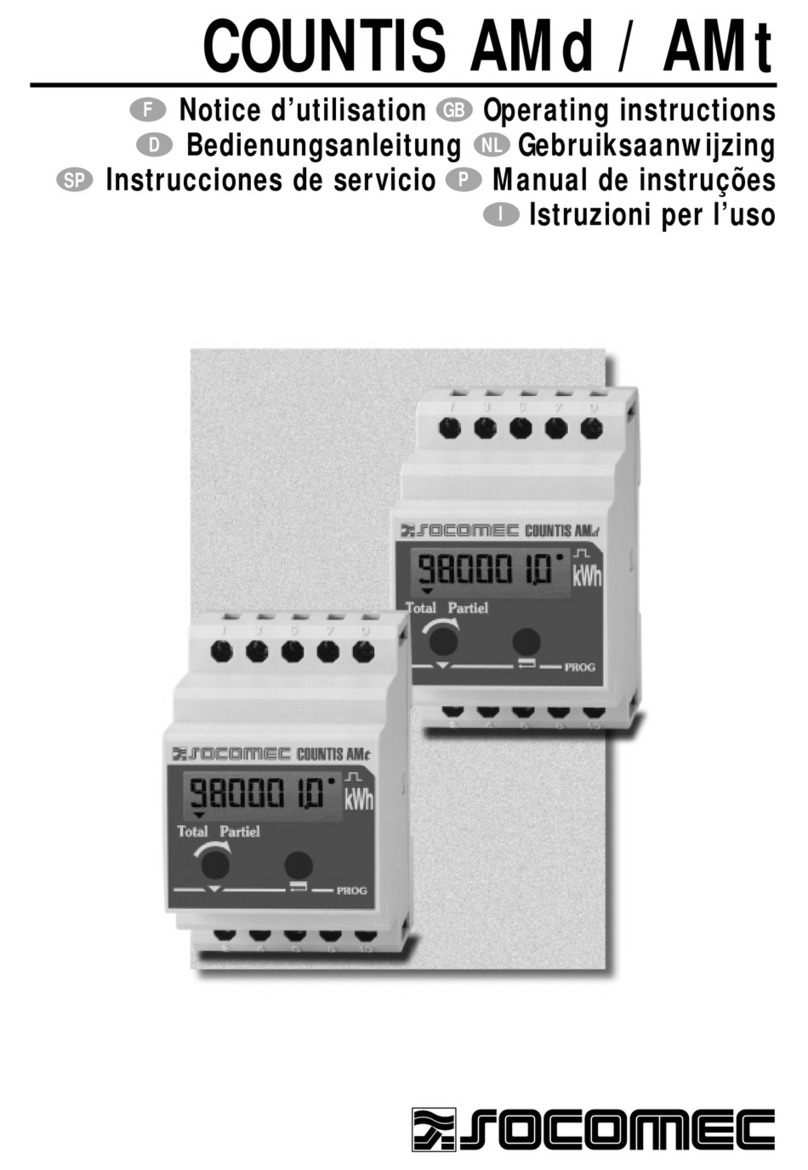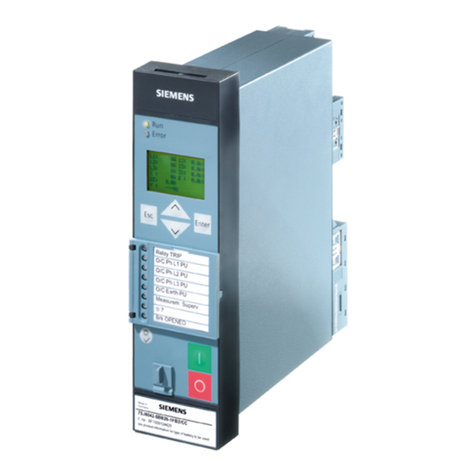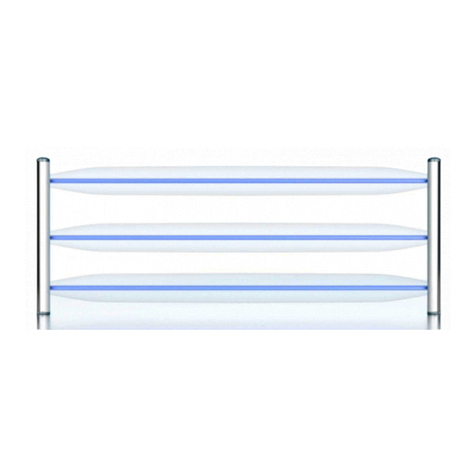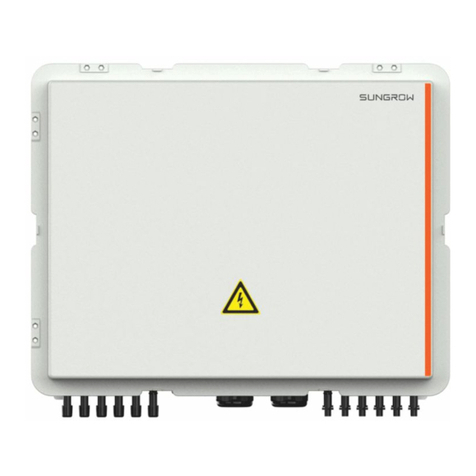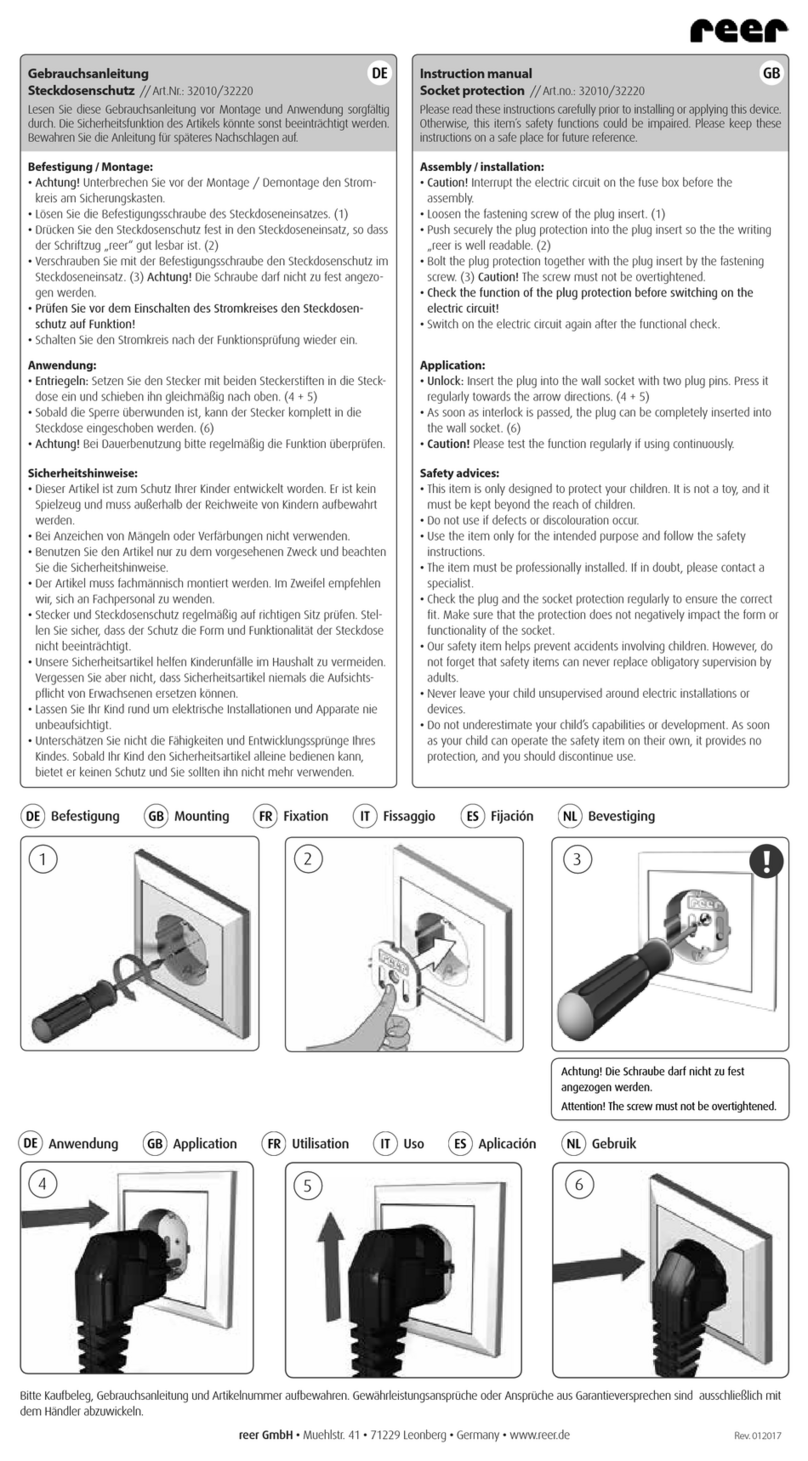
TABLE OF CONTENTS
D90PLUS LINE DISTANCE PROTECTION SYSTEM – INSTRUCTION MANUAL v
GGIO1 status configuration................................................................................................................. 131
GGIO2 control configuration............................................................................................................... 131
GGIO4 analog configuration ............................................................................................................... 132
GGIO5 control configuration............................................................................................................... 134
Unbuffered report control configuration ...................................................................................... 135
Buffered report control configuration ............................................................................................ 136
IEC 61850 actual values........................................................................................................................ 137
FlexStates.................................................................................................................... 140
FlexState settings ..................................................................................................................................... 141
FlexState actual values.......................................................................................................................... 141
Real time clock........................................................................................................... 142
User-programmable self-tests ............................................................................... 144
Serial port ................................................................................................................... 146
Direct inputs and outputs........................................................................................ 147
Direct inputs and outputs configuration ....................................................................................... 148
Direct input and output applications.............................................................................................. 150
Direct inputs and outputs statistics................................................................................................. 158
Direct inputs and outputs commands............................................................................................ 158
Teleprotection inputs and outputs ........................................................................ 159
Teleprotection configuration .............................................................................................................. 159
Teleprotection channel tests............................................................................................................... 160
Teleprotection commands................................................................................................................... 160
Inter-relay communications ................................................................................... 161
Inter-relay communication actual values .................................................................................... 162
Inter-relay communication commands......................................................................................... 164
Shared operands ....................................................................................................... 165
Shared communication operands.................................................................................................... 166
Customizing the communication logic operands ..................................................................... 166
Communication logic operands ........................................................................................................ 167
7 PROTECTION Protection overview..................................................................................................169
Introduction to protection elements ............................................................................................... 169
Power system............................................................................................................. 171
Installation settings ................................................................................................................................. 171
AC input modules ..................................................................................................................................... 172
Power system frequency ...................................................................................................................... 177
About AC sources ..................................................................................................................................... 178
Grouped protection elements................................................................................. 182
Line pickup................................................................................................................................................... 182
Distance elements ................................................................................................................................... 186
Current elements...................................................................................................................................... 221
Voltage elements...................................................................................................................................... 257
Breaker failure ........................................................................................................................................... 267
Wattmetric zero-sequence directional ground fault............................................................... 278
Control elements ....................................................................................................... 282
Pilot schemes ............................................................................................................................................. 283
Setting group control.............................................................................................................................. 308
Trip output ................................................................................................................................................... 310
FlexMatrix..................................................................................................................................................... 315
VT fuse failure............................................................................................................................................. 318
Open pole detector.................................................................................................................................. 320
Autoreclose ................................................................................................................................................. 323
Underfrequency ........................................................................................................................................ 346
Overfrequency ........................................................................................................................................... 348
